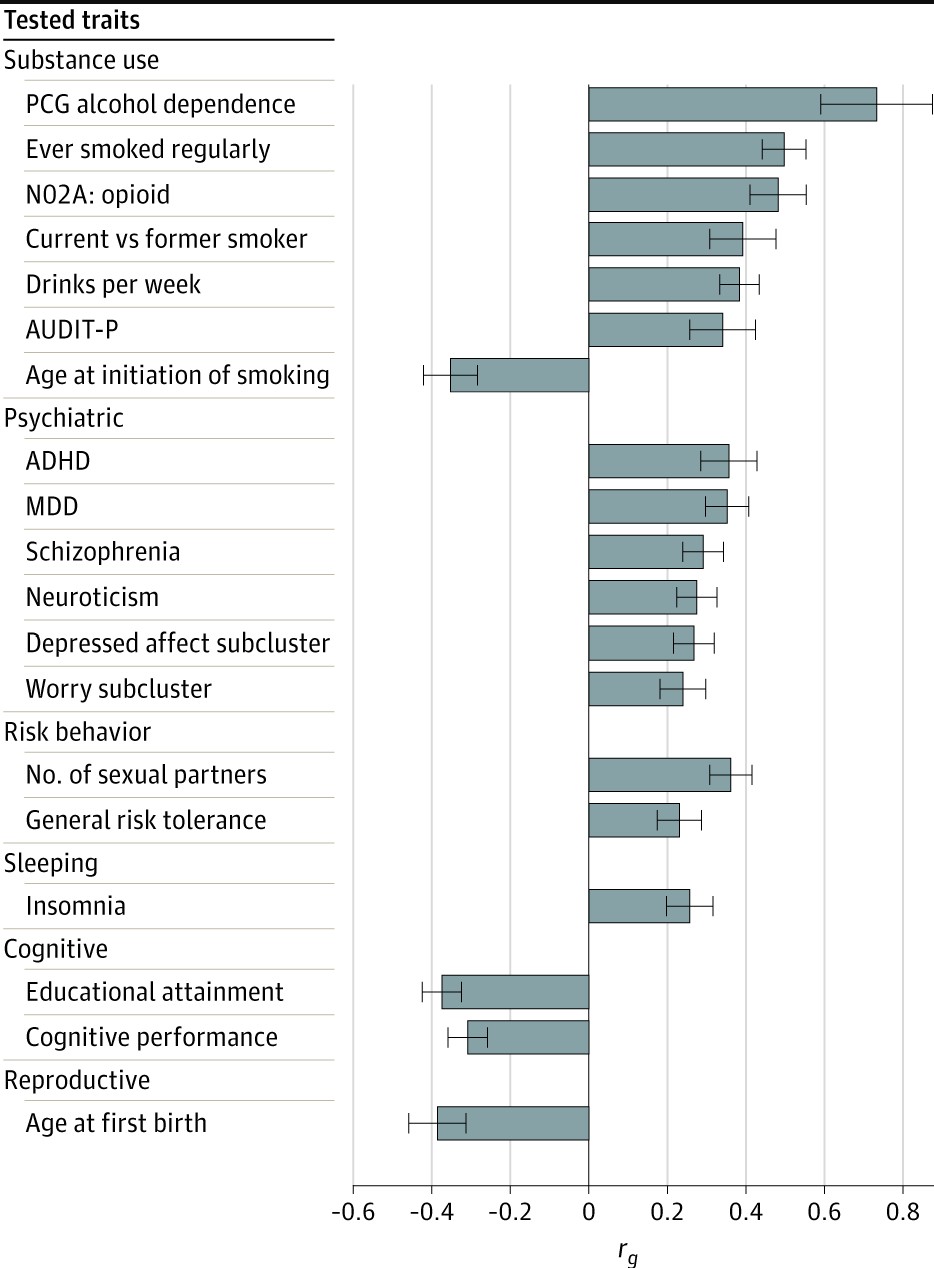The Problem
Opiate overdose deaths are increasing in the US and worldwide particularly with the increased availability of fentanyl and other synthetic opioids. A 30 percent annual increase to 100,000 opioid overdose deaths occurred in the US from May 2020 to April 2021.
1 million US patients/yr receive outpatient treatment for opioid use disorder. Our site provides telemedical solutions for the diagnosis, prevention, and treatment of opioid use disorder.
Prevention of Opioid Use Disorder
Prevention can be accomplished by risk analysis looking at :
Diagnosis and treatment of opioid use disorder

Opioid addiction therapy includes :
-
medication (methadone, buprenorphine or naltrexone)
-
point of care testing for compliance, Hep C Antibodies, Syphilis, Tuberculosis, Reflex Hep C viral load and genotype analysis, HIV antibody, HIV viral load, CD4/CD8 Ratio, and QTc from EKG.
-
-
one on one and group counseling
-
remote vital sign monitoring
-
-
-
-
-
-
psilocybin or ketamine treatment for those with depression
Literature and Related Sites
